"We’ve all got OCD. It’s how we channel it that counts,” says Richard Tipper. Mine is checking the fridge door’s closed.
Tipper’s is polishing cars for hours on end until they resemble mirrors – very fast and expensive ones.

He’s a car detailer, probably the best in Britain. For those who don’t know, detailing is a few rungs up the ladder from valeting, which is a wash and a vac. Detailing is all that times ten, plus taking the wheels off and cleaning inside them, Brillo-padding parts of the engine until they gleam, removing contaminants from the bodywork with a piece of soft clay – and measuring the thickness of the paint.

Tipper takes two professional-looking attacheà cases from the side of his gleaming Mercedes- Benz Vito van that bears the legend: ‘Perfection – Detailers of fine automobiles, 1989-2017.’ It’s a paragon of orderliness inside, with a place for everything and everything in its place, from
a 500-litre water tank and a rack of cleaning products (with all the labels facing the same direction) to a snazzy Bosch coffee maker.
One case contains a variety of tools and cleaning products, separated from each other by walls of precisely cut foam. (“I did that,” he says.) The other holds the devices Tipper uses to gauge the depth of paint and lacquer on a car so that he knows how much polishing an area of bodywork can stand.

“This one’s a magnetic paint depth gauge that can also tell me what the panel is made of,” he says, pointing to one of the gauges. “This other one’s an ultrasound depth gauge that can tell me how many layers there are and how deep each of them is. And this one shines a focused light onto the panel that shows up surface imperfections such as swirls, scratches and orange peel.”
To demonstrate, Tipper takes out the magnetic depth gauge and walks over to my 94,000-mile 2006-reg Vauxhall Astra three-door (a bargain, nicked from a son who’d lost his heart to a new Volkswagen Scirocco). Clearly, much of the driver’s side has been repainted and there’s lots of orange peel. (Remarkably, Tipper says that if he had time, he could get rid of that.) He places the magnetic gauge on the rear door. Thicker paint is a telltale sign of a respray and the Astra’s side is a deep 120 microns. Over at the front wing, though, it’s a factory-fresh 80 microns.
“I reckon that 20 microns of that is clear coat,” he says.

A few weeks before, I’d treated the whole car
to a Turtle Wax makeover, aware that afterwards the bodywork still felt ‘bitty’. It’s these ‘surface contaminants’ that Tipper now sets about removing from the wing with a clay bar. It’s actually a piece of soft, blue clay, and as he rubs the wing with it, he sprays on a soapy liquid to stop it drying out and dragging.
After a couple of minutes, I run my hand over the wing. It’s smooth as silk but Tipper’s not done yet. He sprays the wing down to flush off the clay residue, and then wipes it over with an alcohol wipe. Now to polish it.
He masks off the wing before selecting a light polishing compound that won’t cut through the Astra’s top coat. A few squirts of that onto the head of a small machine polisher and he’s good to go.
“The polish will be quite aggressive at first, but as it heats up, it’ll turn to an oil and become finer,” he says.

Earlier, Tipper had admitted that when polishing, “there’s lots going on in my head”. Basically, his OCD yearns for perfection but he has learned that it’s impossible to achieve, at least in the time his customers will allow him. Four hours of polishing is not unusual, and he took three days over a Ferrari F40 the other week and six hours cleaning the engine alone of a 1928 Bentley. He charges £650 a day, by the way.
He says: “I’ve had to learn to step away, and if the customer says ‘that’s fine’, I have to accept that. But if ever I hear myself say ‘that’ll do’, I know I’ve not done my best.”
His love of detailing dates back to childhood when his dad, a self-employed vehicle mechanic, would bring cars home for work. Tipper would give them a wash and vac. His dad then started a fleet management business, meaning that there were more cars to clean.
“He could see my passion and encouraged me to go into business, which is how, in 1989, Perfection Detailing was born,” says Tipper.

Things ticked along for a few years until, in 1997, a customer asked Tipper to go to Ferrari Maranello at Egham to clean his F50. That job got him 
talked about throughout the sports and classic car communities, and he has never looked back.
He reckons he has cleaned more than 26,000 cars, among them Nigel Mansell’s JPS Lotus 91
 of 1982, 18 of the 24 Aston Martin Vulcans built prior to their handover to customers and the entire Prodrive collection. (“I didn’t clean the seats, controls or steering wheels,” he hastens to add.)
“What drives me is the transformation I can make and seeing the pleasure my work gives my customers,” he says. “Unlike valeting, detailing is personal. My customers become addicted to keeping their car just so.”
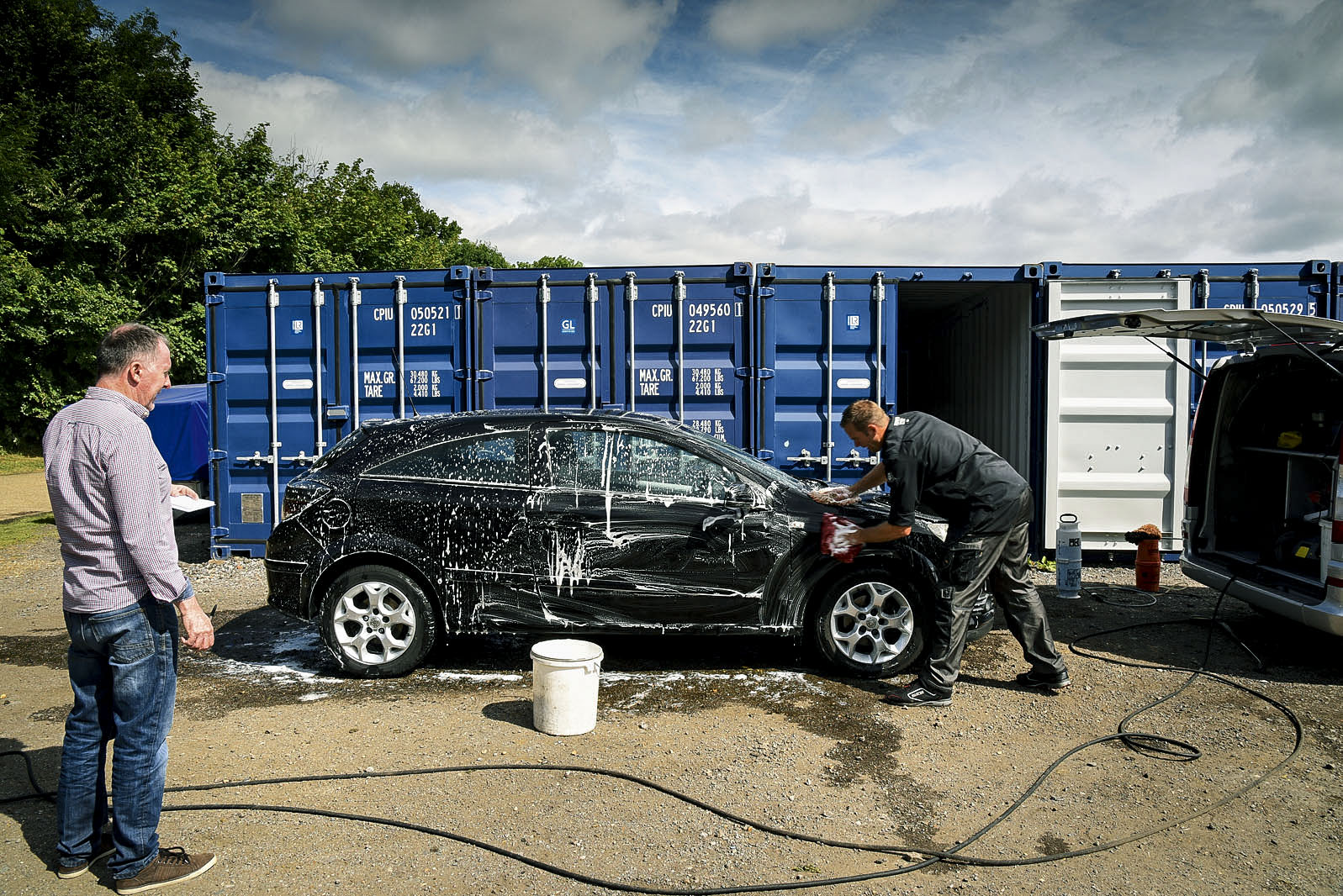
My eye is drawn back to the Astra and its two faded headlight lenses, typical of the breed at this age. Can Tipper spruce up one of them?
He sets about it with some light cutting compound and a machine polisher on its slowest setting. Every few seconds he stops to let the plastic lens cool and check he’s not over-polishing. After
 a few minutes, I can actually see the light bulbs.
 It may be a tired old £800 Astra but I’m just as excited as anyone with a gleaming £2million F50. Sadly, possibly more so.
How to detail your car:
Richard Tipper has cleaned more than 26,000 cars, so he knows a thing or two about making your motor shine.
STEP 1 - Spray the dirtiest areas
 first — sills, wheels, wheel arches, door shuts and fuel filler area — with a multi-purpose cleaner and leave to soak.
STEP 2 - Remove each wheel in turn. Spray and clean the reverse side as well as the hubs.
STEP 3 - Fill a bucket with soapy water and, wearing a pair of wash mits, wash the car, rinse it and blow dry it until every last drop of water has been removed.
STEP 4 - Using a clay bar, rub the entire surface, removing any stubborn contaminants, including tar spots. Clean off the residue and then, using a fine cutting compound, gently machine polish the car, a process that will take around four hours. Wipe down and finish off with a polish to seal the surface.
John Evans
Read more
Airport parking: what really happens when you leave your car?
Royal Portbury Docks: where British-built cars get shipped to foreign homes

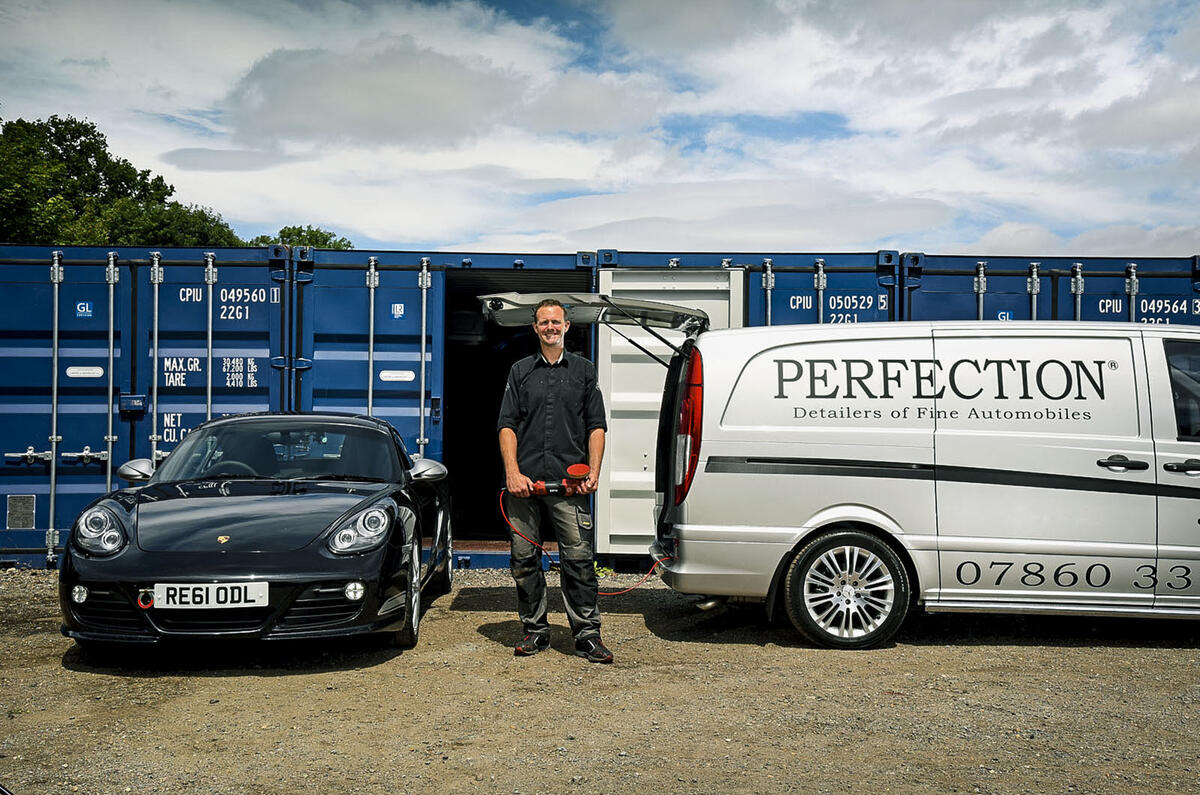

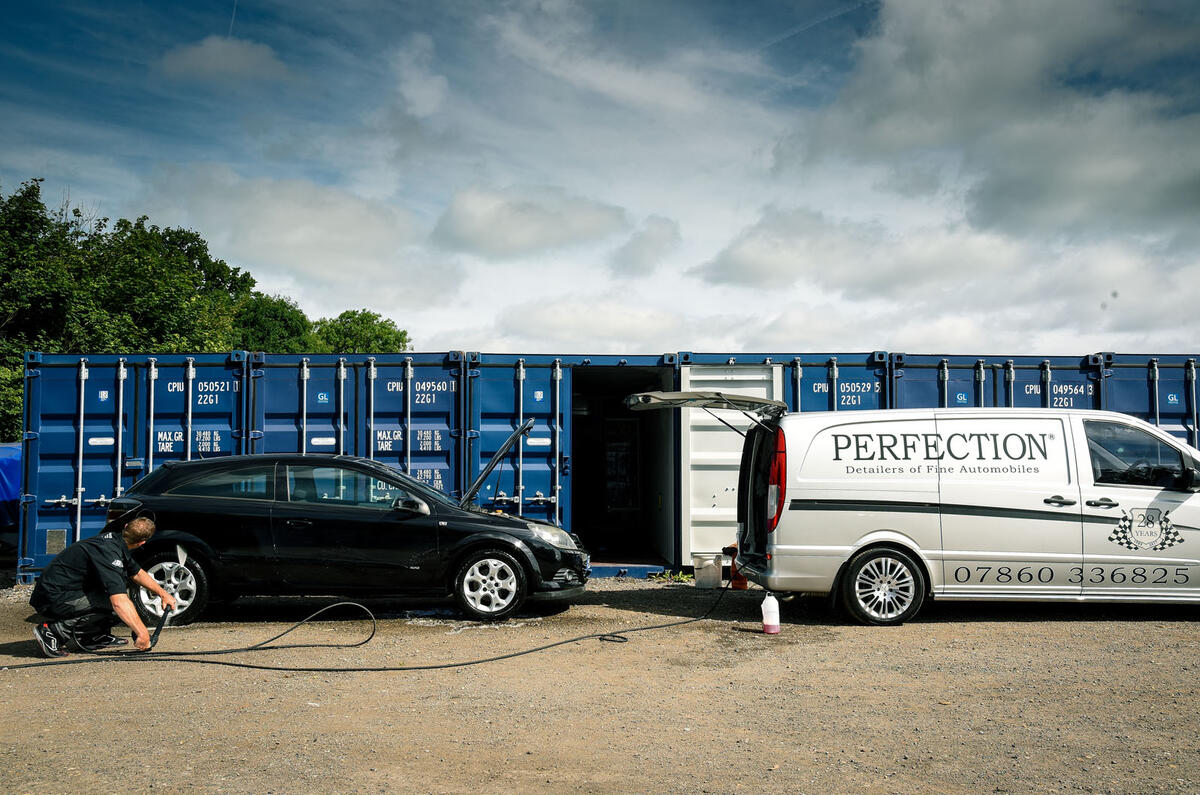
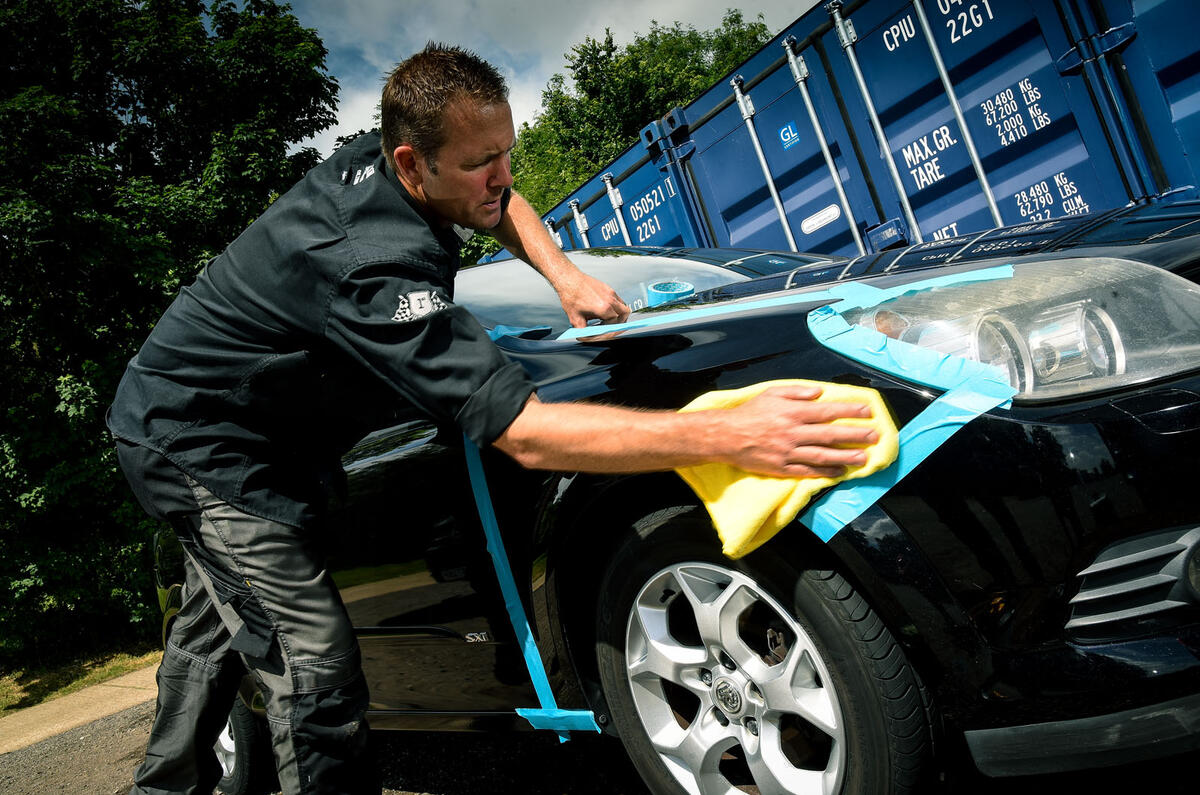
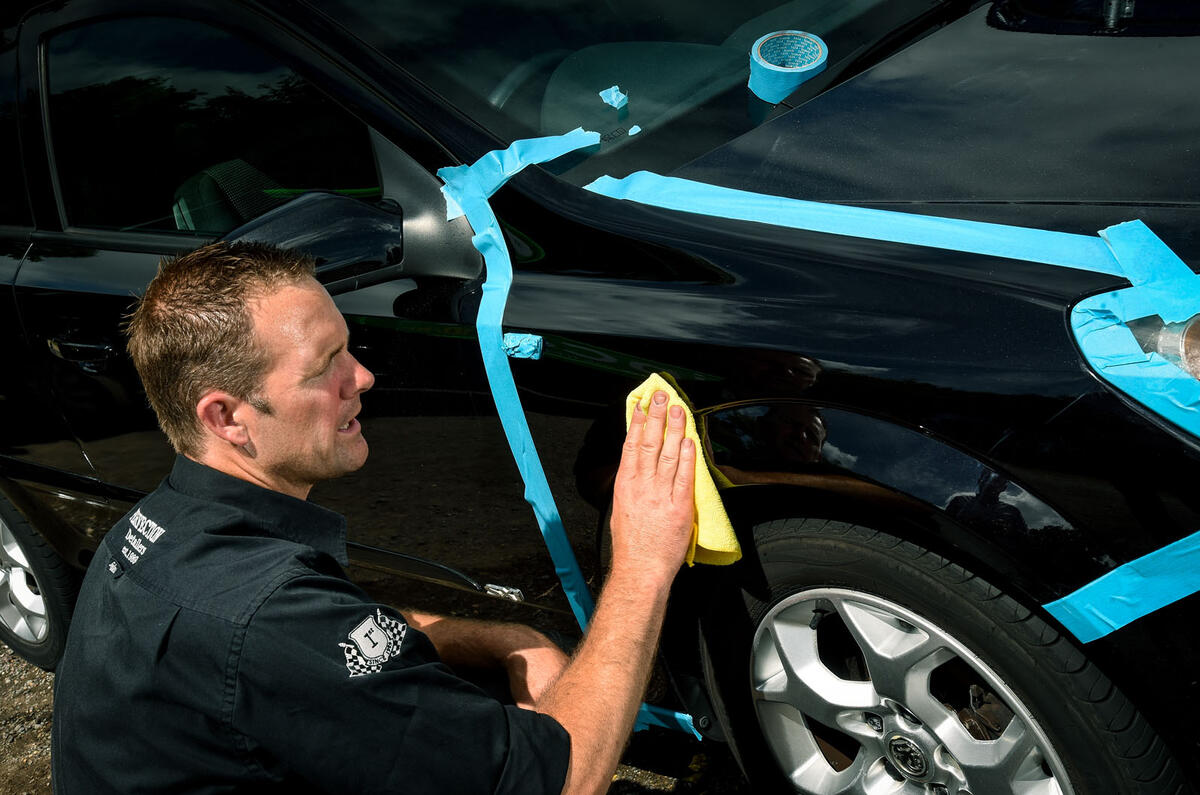


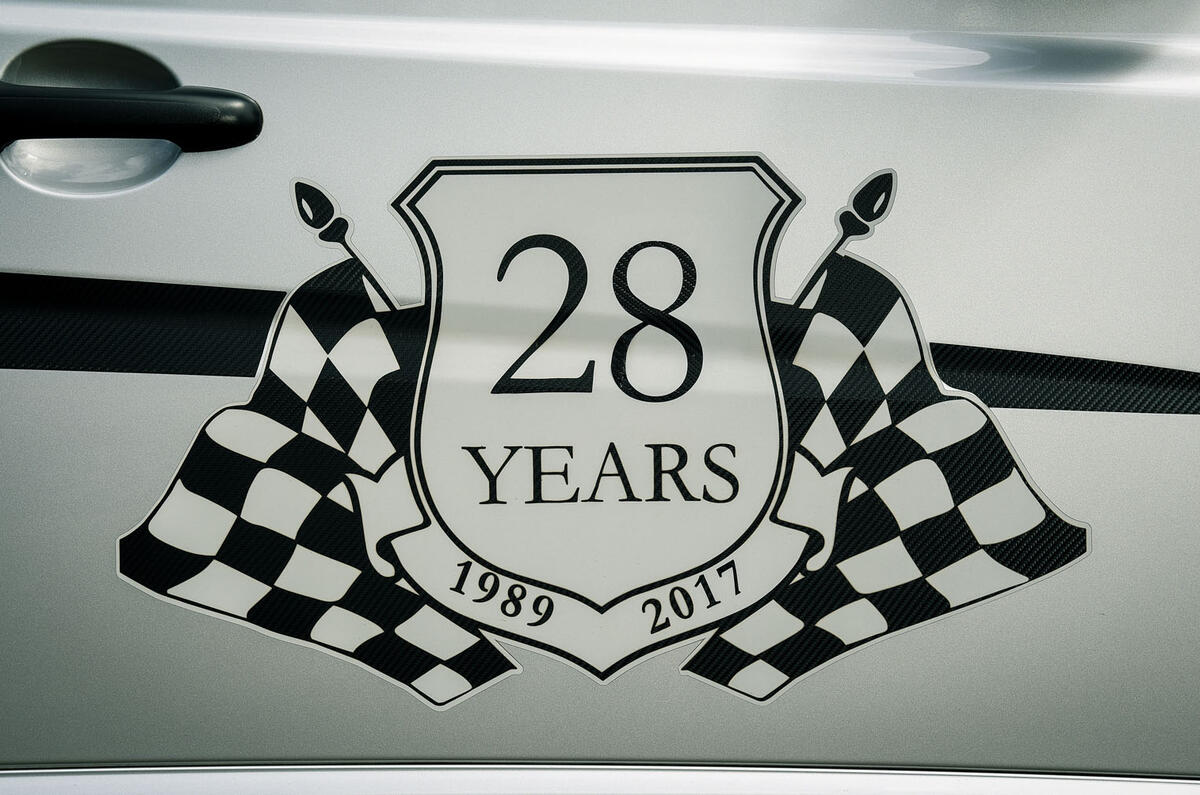
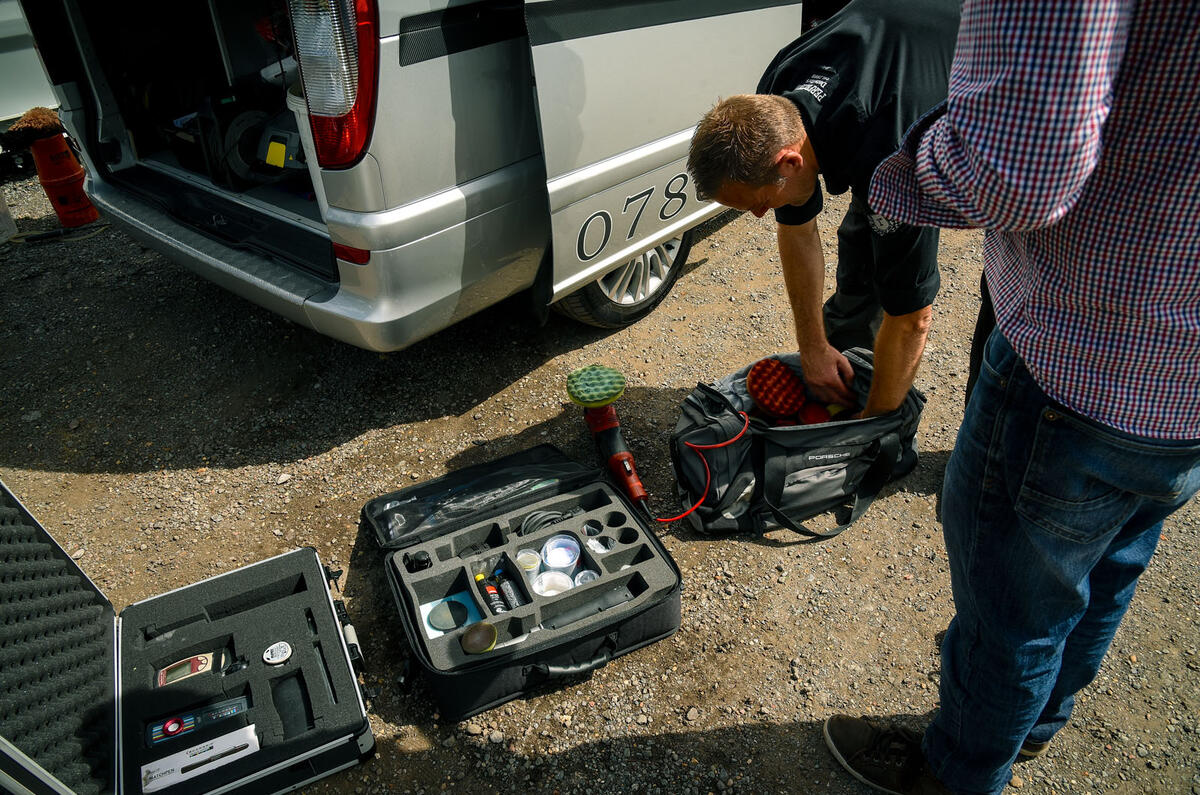
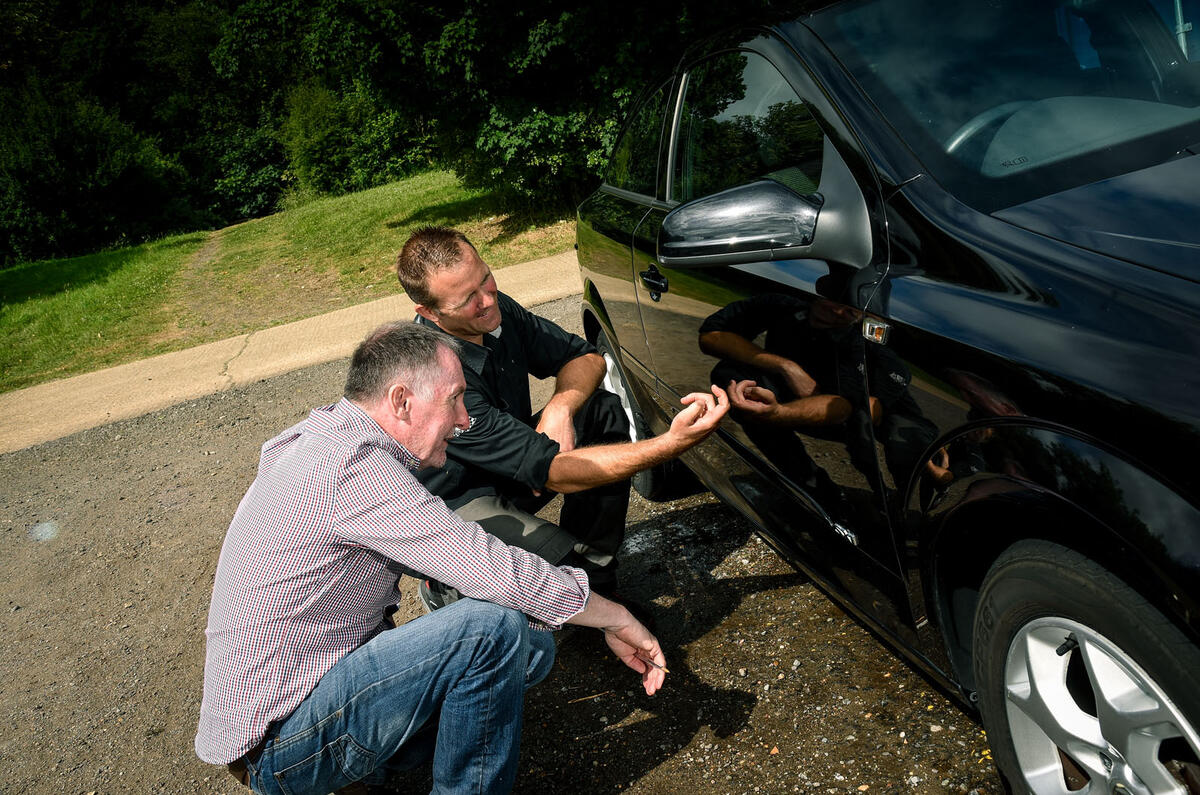
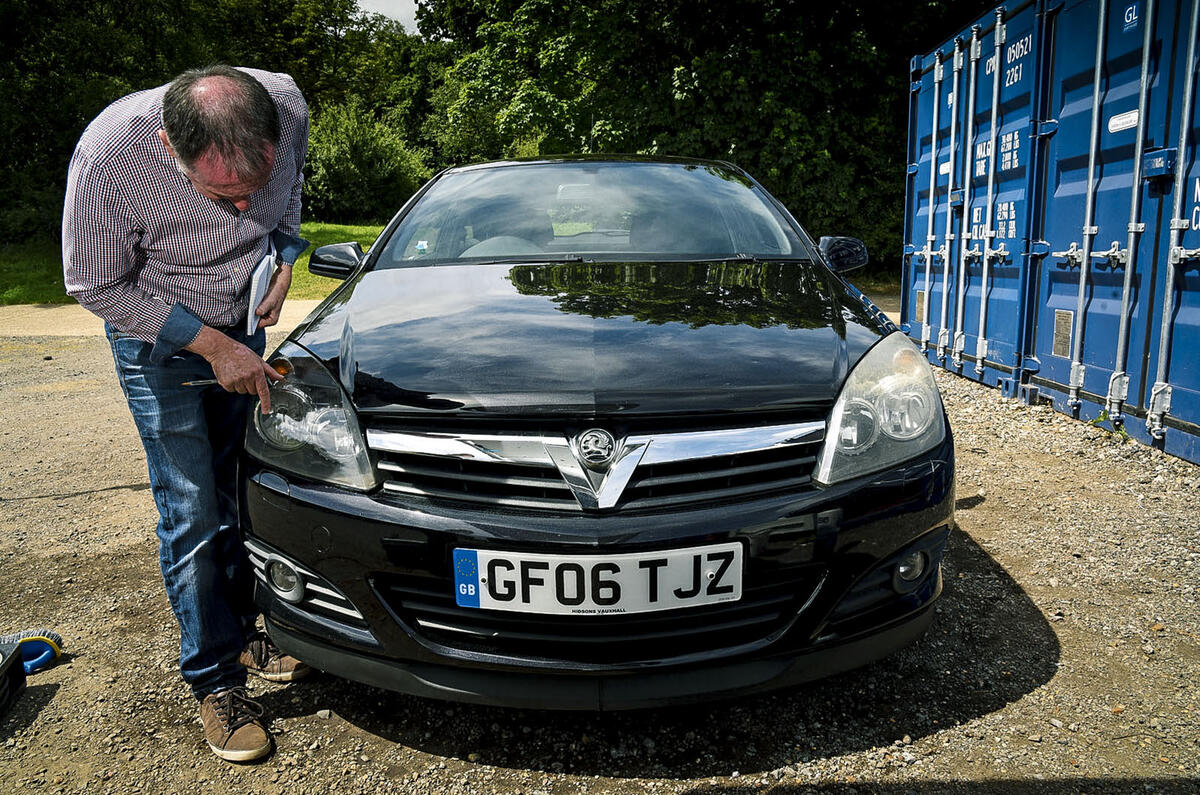
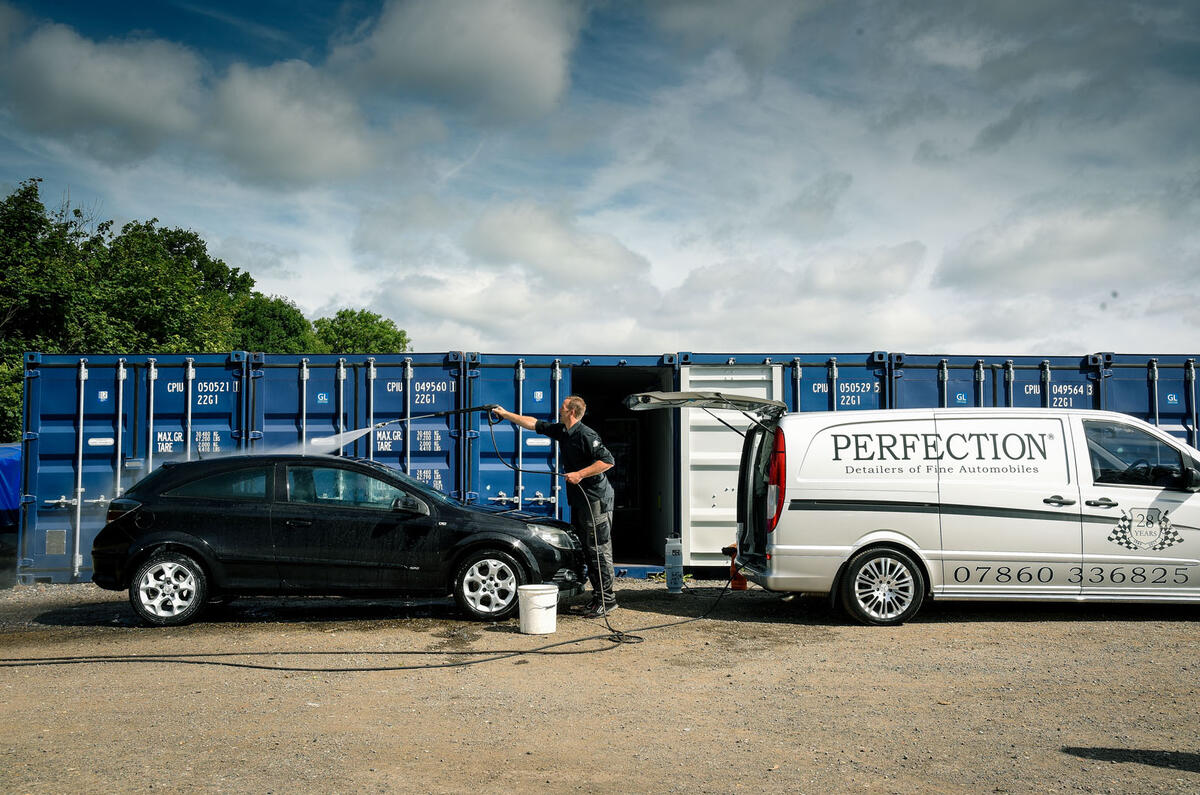
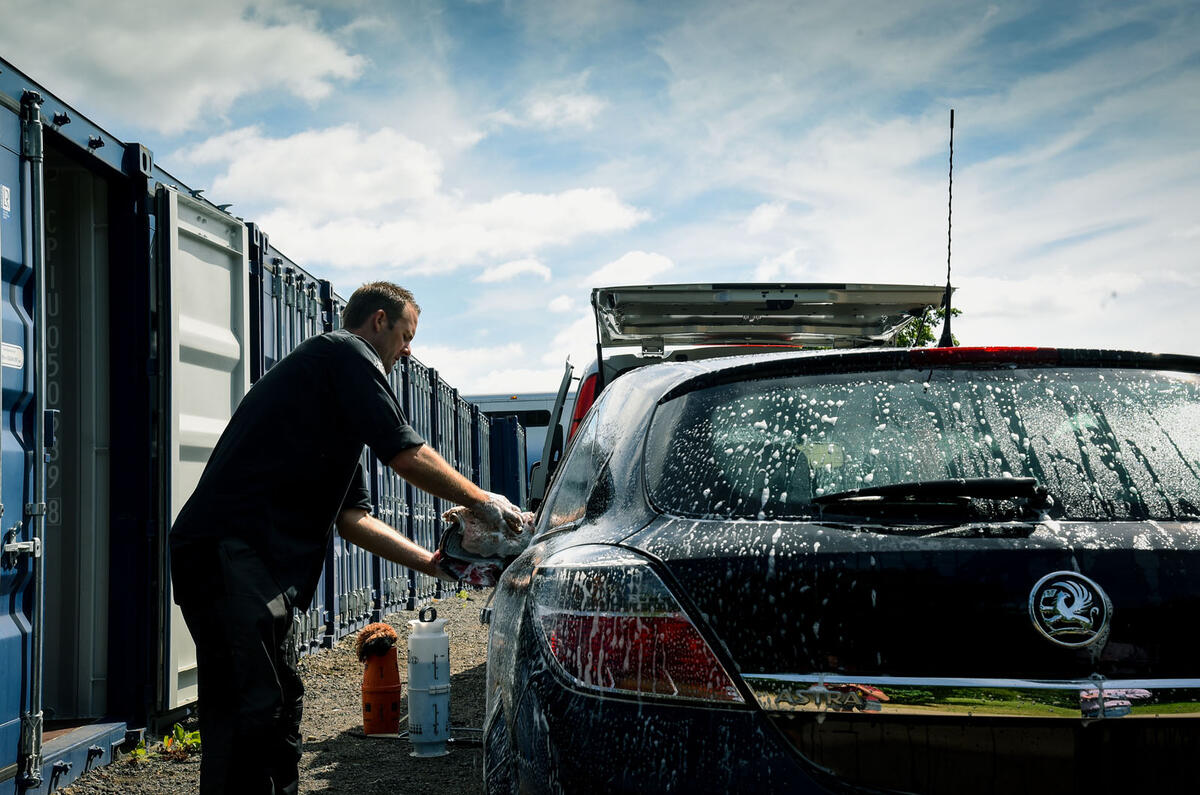
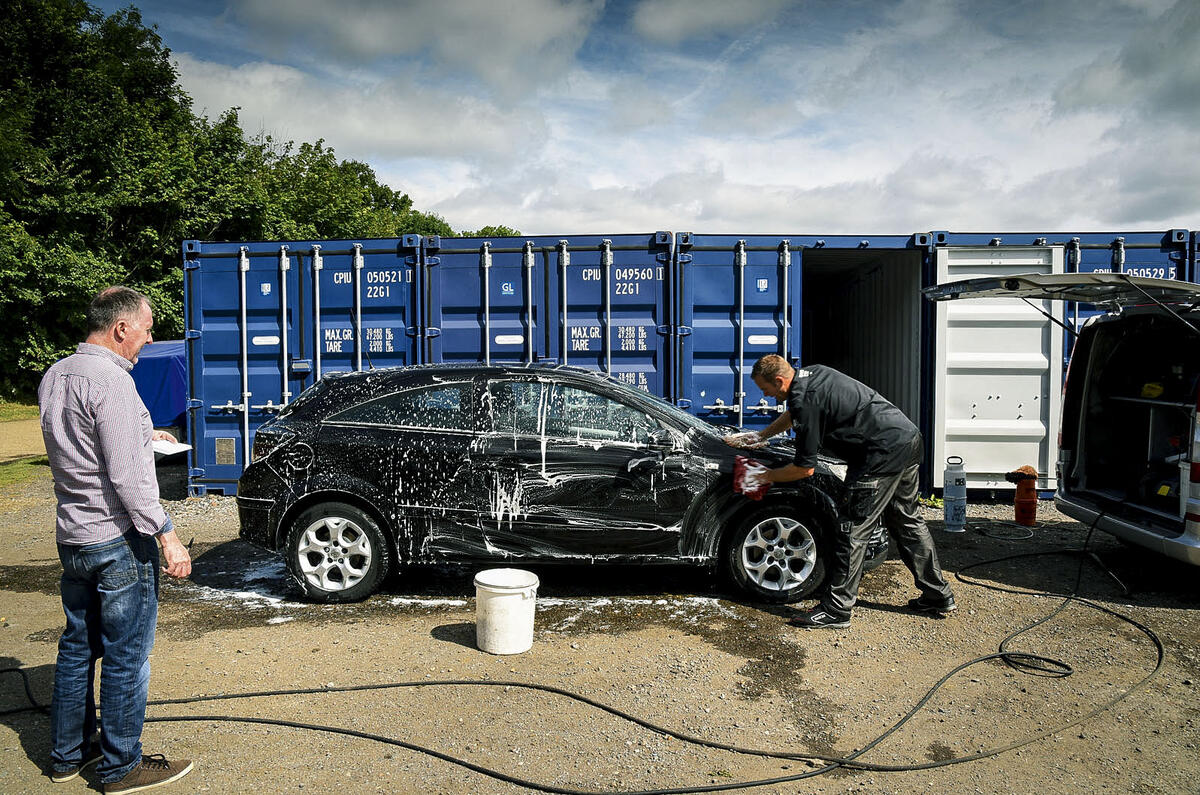
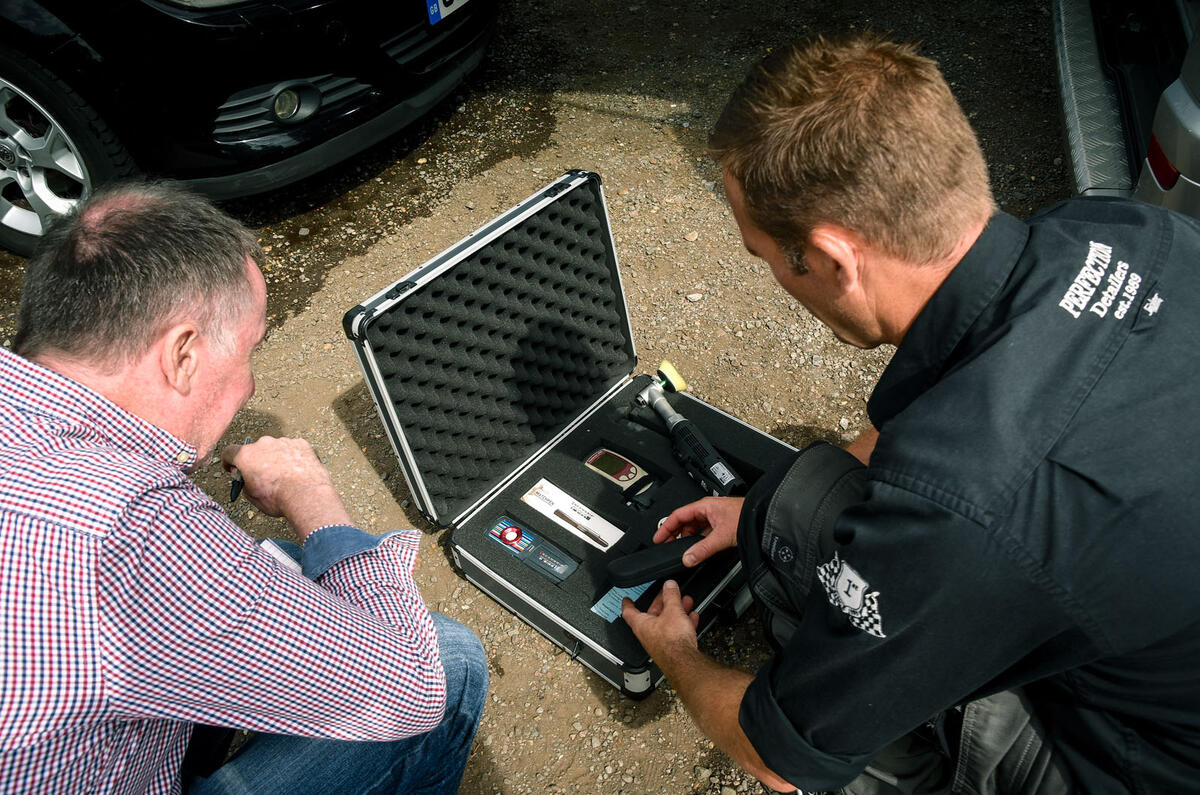

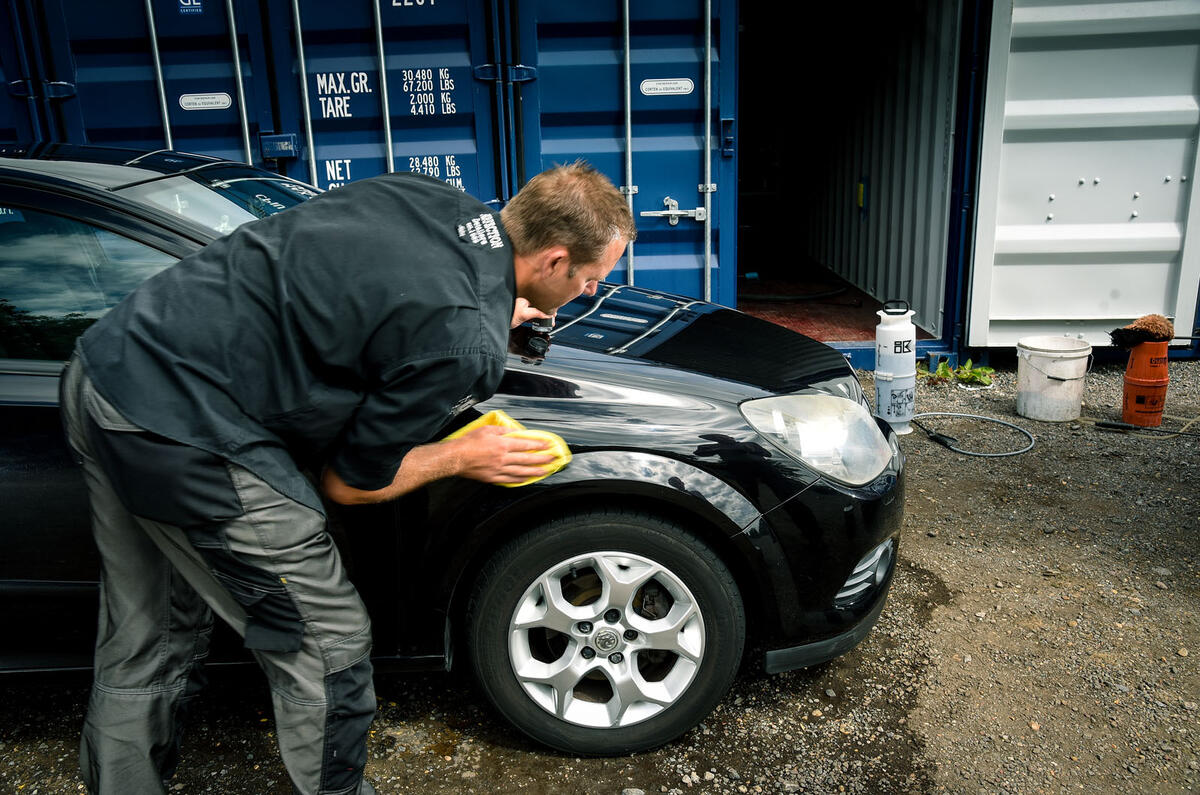
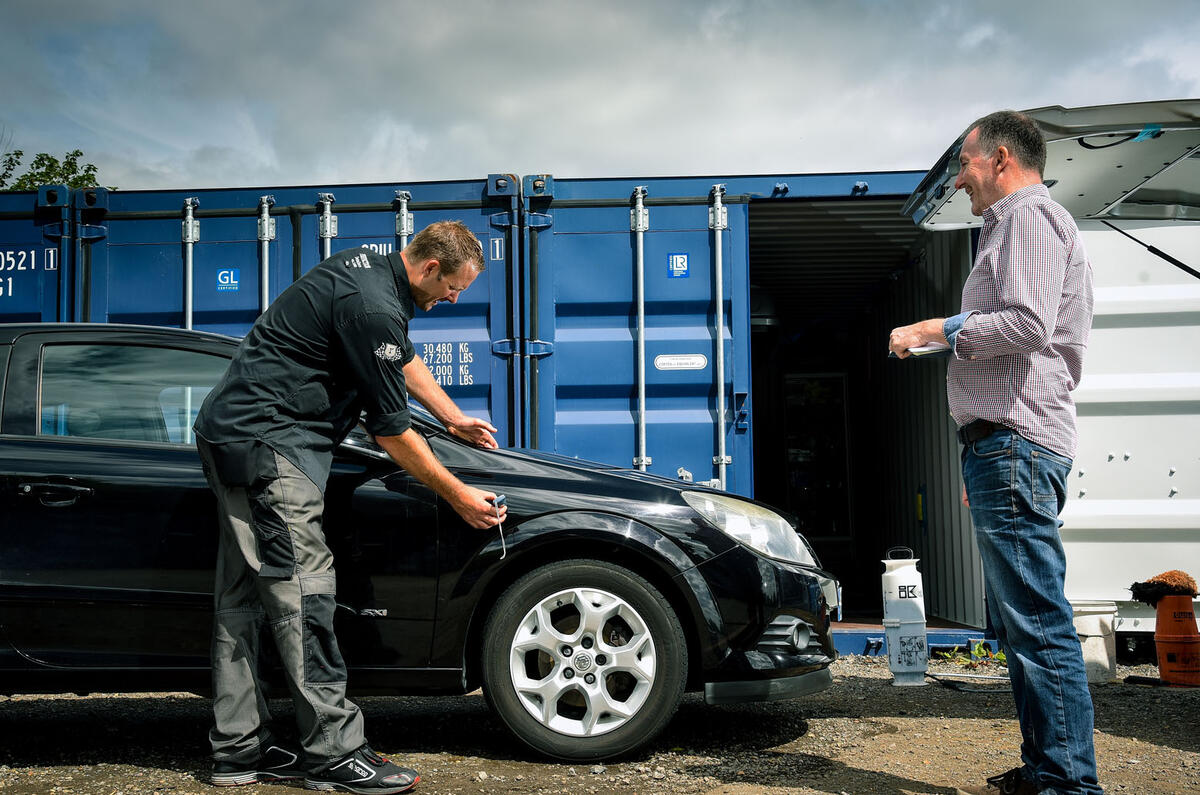
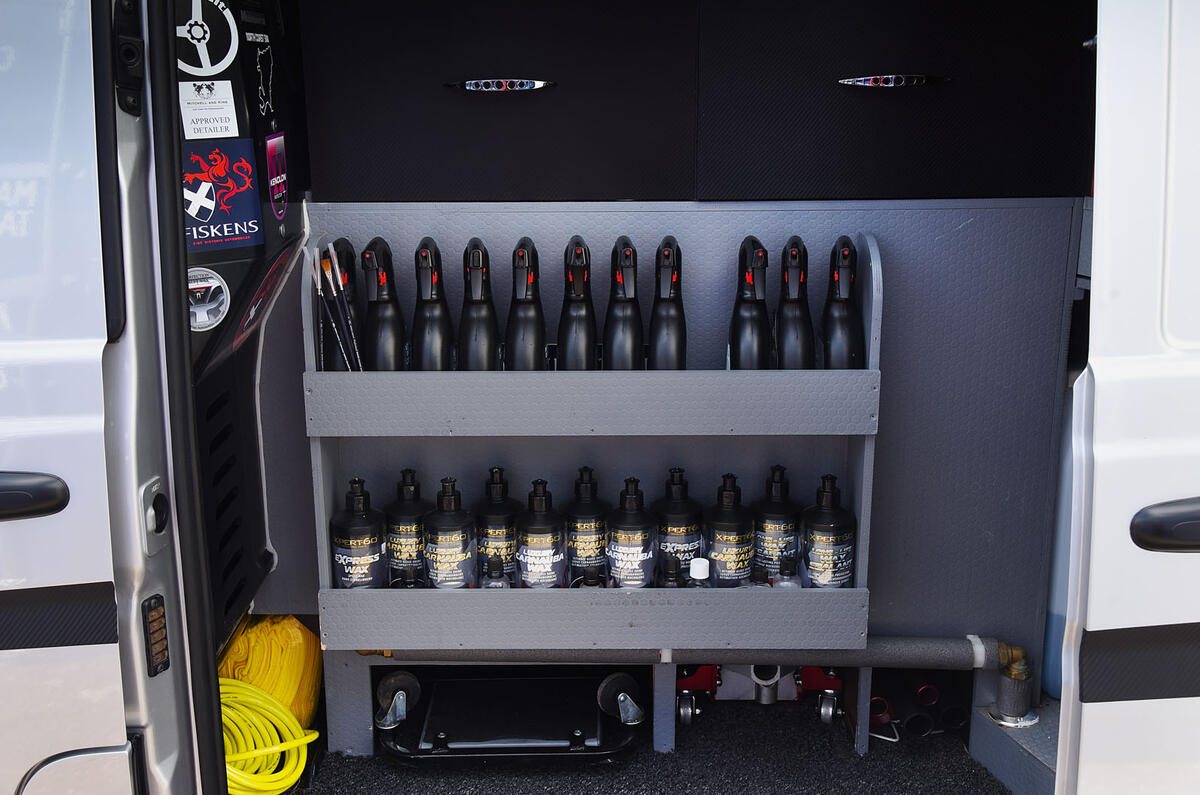
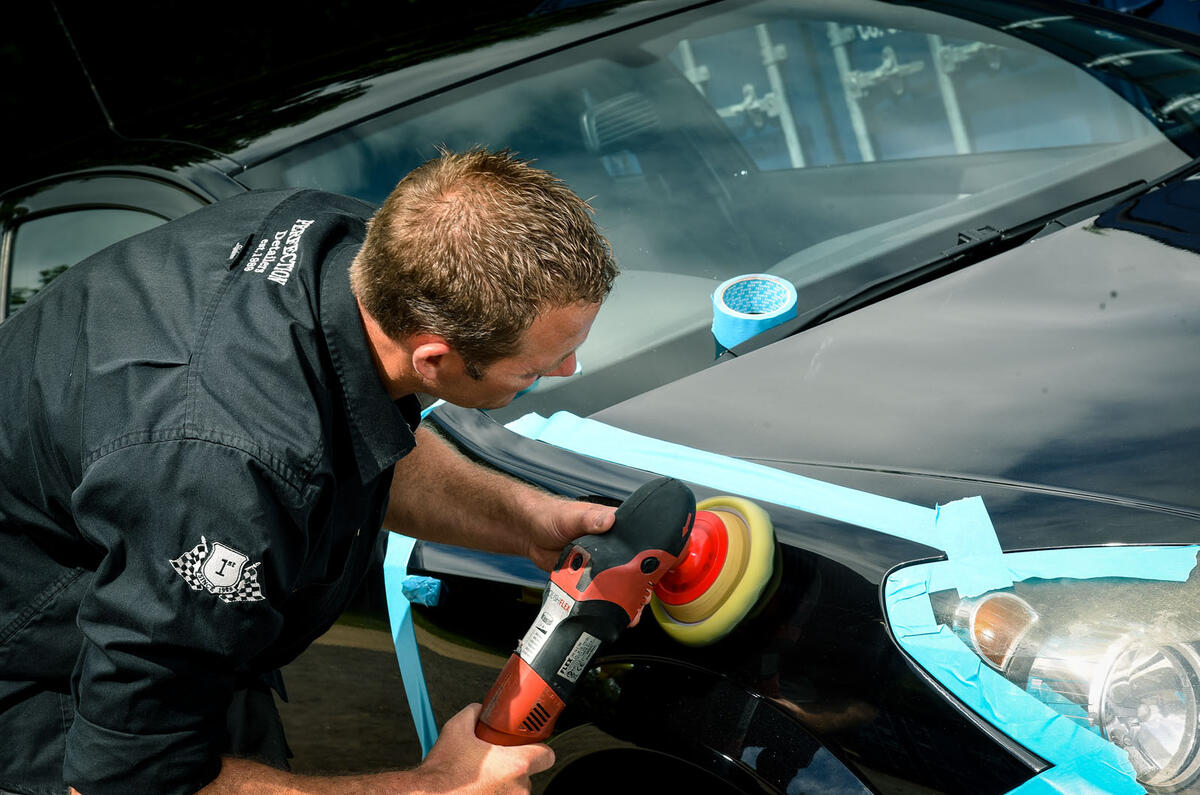
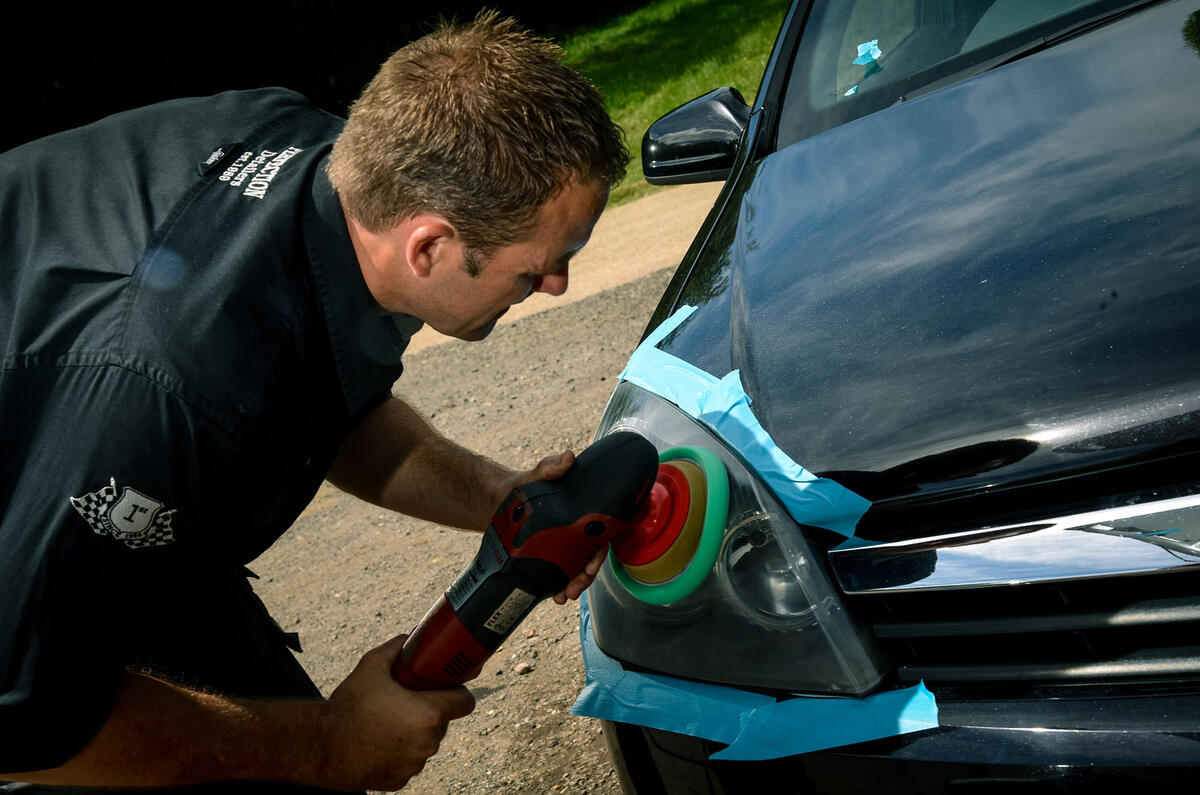
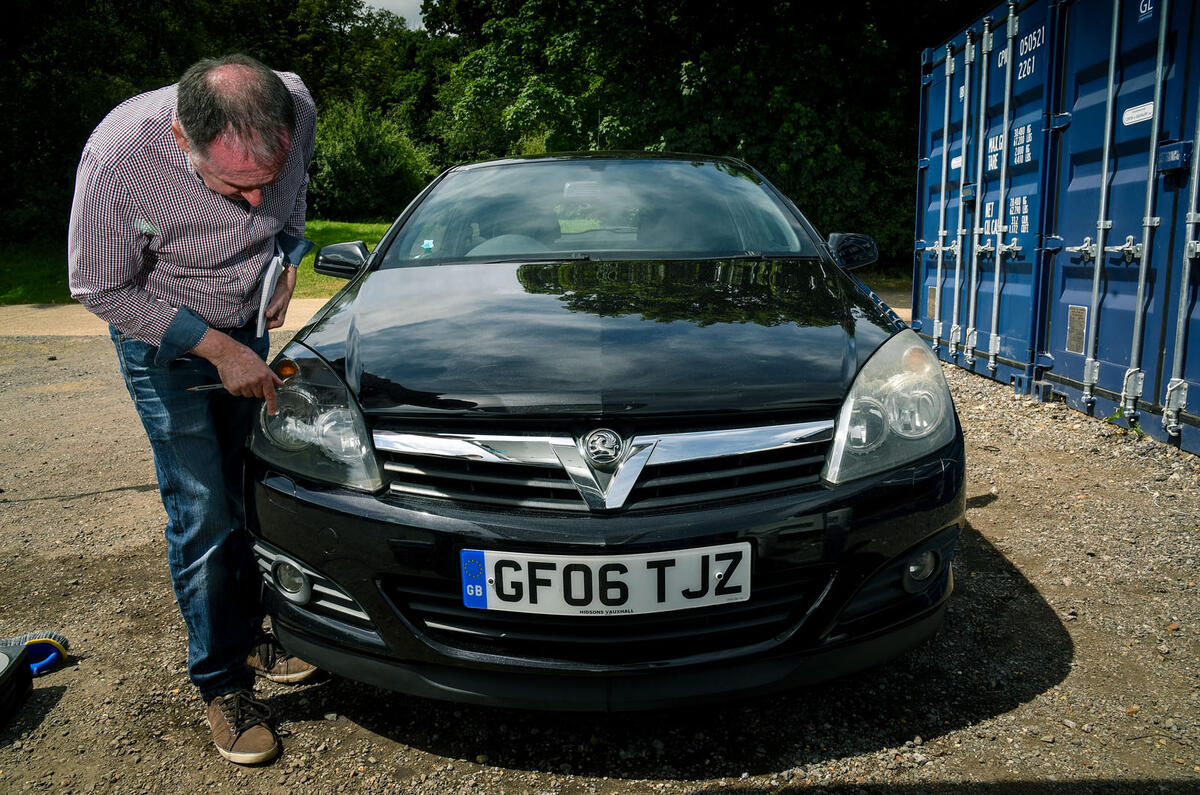
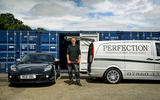
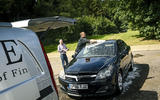
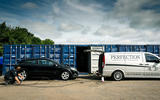
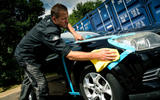




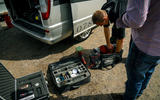

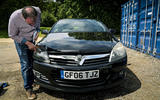
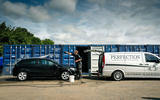




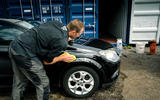

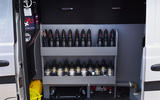





Join the debate
Add your comment
When I buy a car I do so to
When I buy a car I do so to drive it, not to spend my life cleaning and polishing it and worrying about whether I might wear through the paint...
@Bob Cholmondeley
Well if that makes you happy Bob then fine but everyone's not the same - some people buy a car for their collection, some show their cars and never drive them and some enjoy having an immaculate looking car AND driving it: Doesn't make them any less a car fan than you.
Also...
The devil's in the detail...
I've detailed myself and had cars detailed for 30 years -
most took between two and four days (the longest two weeks) - so doing it in a day isn't that thorough or exacting.
For a smooth as glass finish a serious detail might even involve flatting the entire car by hand (with wet and dry) before multi stage machine polishing and either layered carnuba wax or one of the modern sealants.
As far as washing's concerned, most serious amateurs and pro's would finish washing with a 0ppm filtered rinse and contactless jet dry (to prevent even the slighest swirl) but that's not mentioned in your guide. Also, for an article that's about the art of detailing, who in their right mind would "brillo pad" parts of the engine??? :o